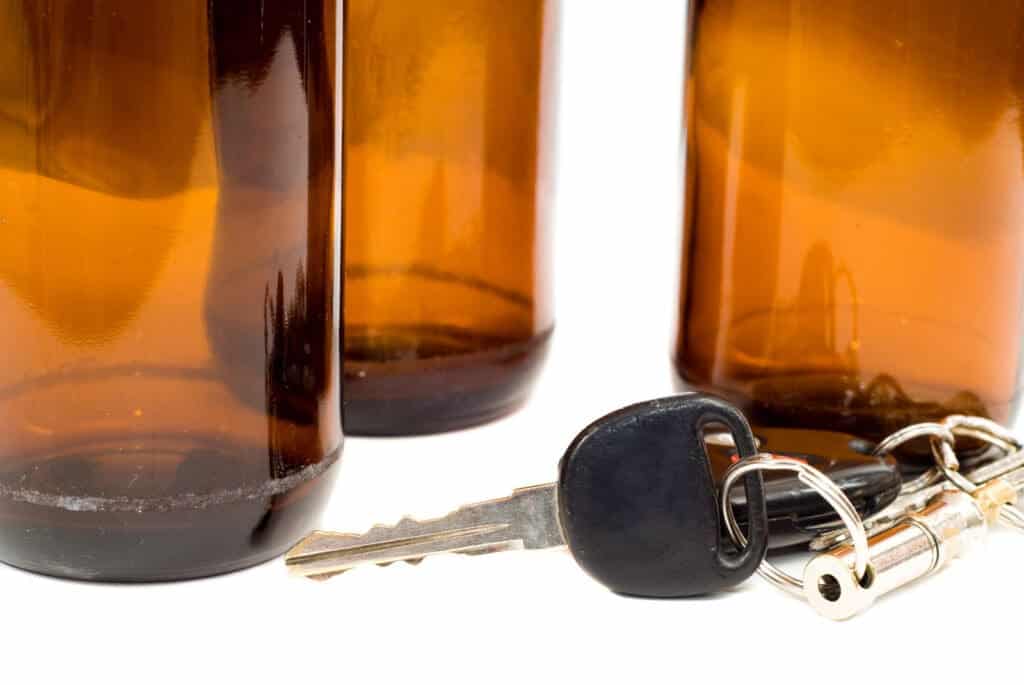Widely accepted as dangerous and illegal behavior, drunk driving continues to headline the news in Washington State. Crashes involving an alcohol-impaired driver have been especially prevalent on Washington roads in recent months. The serious injury and deadly outcomes that ensue from these preventable accidents are incomprehensible.
The CDC estimates twenty-nine people die in alcohol-related motor vehicle accidents each day in the United States. Approximately one-third of all vehicle crash fatalities in the U.S. involve drivers with blood alcohol concentration (BAC) levels of .08 g/dL or higher. In 2019 alone, 10,142 individuals were killed by alcohol-impaired drivers. This statistic underscores the disturbing trend: over the 10-year period from 2010-2019, more than 10,000 people on a yearly average died in crashes involving drunk driving.
In light of the consistently high number of these fatalities in the last decade, individual States are strategizing how best to modify driver behavior. Washington State has attempted to bring down fatality numbers using tactics such as high visibility saturation patrols, ignition interlock programs, alcohol screening, intervention and treatment programs and other multi-agency coordination.
Another strategy that states have been implementing to improve road safety is lowering blood alcohol limits. Last month, Washington State Senate Bill 5982 was introduced making it illegal to drive with a BAC at or above .05%. The bill references the Washington Traffic Safety Commission’s recent data spotlight on safety trends from 2019-2021, which finds that as traffic safety enforcement has declined, high-risk behaviors, crashes, and fatalities have sharply increased.
Senate Bill 5982 mirrors the change in law Utah made in 2017 when it lowered the legal blood alcohol concentration to .05% from the prior limit of .08%. The National Highway Traffic Safety Administration (NHTSA) released the results of a five-year study on the impact of this Utah law last month. It found the crash rate reduction was nearly 20% through 2019. The study also cited changes in drinking and driving behavior. Between 2018 and 2019, the percentage of drinkers who indicated they make sure transportation (i.e. rideshare, designated driver) is available or refrain from drinking outside their home, more than doubled. This is a positive step towards eliminating risky behaviors behind the wheel.
Here are some basic reminders:
Always drink responsibly;
If you drink, do not drive. Instead, pre-plan a safe ride via rideshare service, or designated driver;
Make sure you prevent others who have been drinking from driving by arranging alternative transportation; and,
Always wear your seatbelt.
Contact law enforcement when you see a suspected drunk driver, you may save a life.
Recommended Article: Drunk Driving – An Ongoing Epidemic



